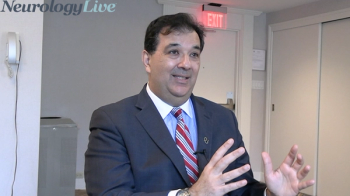
The director of the Banner Sun Health Research Institute provided commentary on his presentation at CTAD 2023 examining the value of donanemab and its effect on specific Alzheimer-related assessments. [WATCH TIME: 10 minutes]

The director of the Banner Sun Health Research Institute provided commentary on his presentation at CTAD 2023 examining the value of donanemab and its effect on specific Alzheimer-related assessments. [WATCH TIME: 10 minutes]

The physician neurologist and neuroimmunologist at Cedars Sinai Medical Center discussed RNDS 2023, an educational event for Spanish-speaking patients with rare neuroimmune disorders.
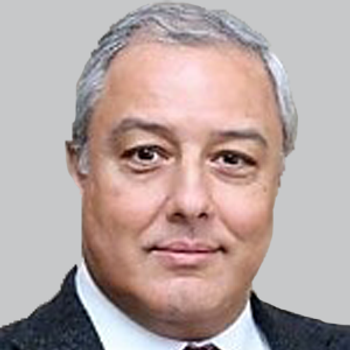
Pixyl.Neuro, a CE-marked medical device, is designed to be integrated into the radiology workflow, providing clinicians with diagnostic support of neuroinflammatory and neurodegenerative disorders.
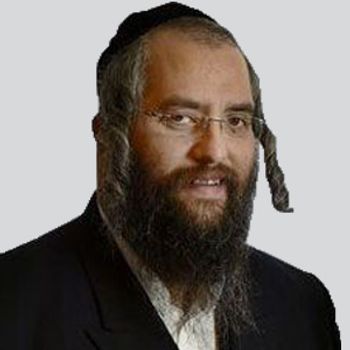
The FDA has scheduled an in-person meeting for December 6th to discuss the regulatory path for BrainStorm Cell Therapeutics’ NurOwn as a potential treatment for patients with amyotrophic lateral sclerosis.

The associate professor of clinical neurology at the University of Miami Miller School of Medicine talked about findings from a recent post hoc analysis assessing the FDA-approved treatment of midazolam for seizure clusters. [WATCH TIME: 3 minutes]
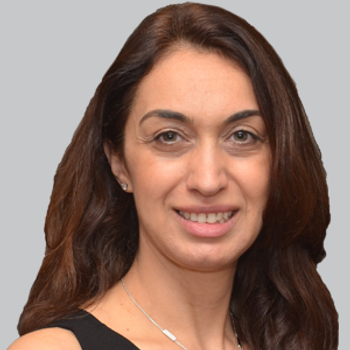
In a phase 2 study, sodium oxybate showed a significant, albeit short-lived, reduction in voice symptoms for patients with alcohol-responsive essential tremor of voice.
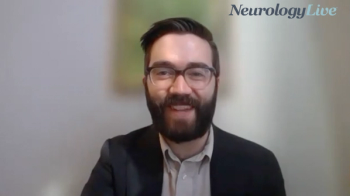
Ahead of the 2024 MDA Conference, the vice president of public policy and advocacy at the Muscular Dystrophy Association talked about conference advocacy collaboration, access to treatments, and the state of healthcare. [WATCH TIME: 6 minutes]

A recently published study revealed that speech markers can have a high accuracy in distinguishing between neurodegenerative diseases and healthy speech, emphasizing the significance of speech analysis in disease assessment.

A recent study conducted across 11 centers globally challenged the assumption that cognitive rehabilitation and exercise synergistically benefit patients with progressive multiple sclerosis.
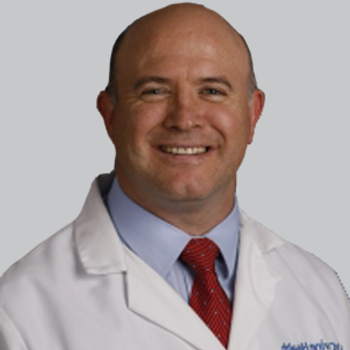
The double-blind, placebo-controlled study is expected to include 9 patients aged 35-75 years old with MSA-parkinsonian type who will be randomized 2:1 to either investigational AB-1005 or sham surgery.
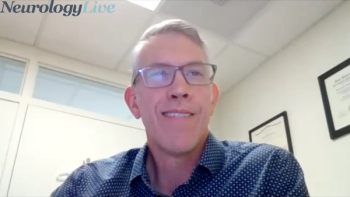
The interim chief of pediatric neurology at Stanford Medicine Children’s Health provided insight on advances the screening for epilepsy surgery and the factors that pediatric neurologists should consider. [WATCH TIME: 5 minutes]
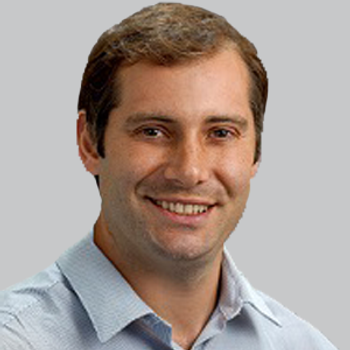
Insurance coverage or cost was considered a barrier to prescribing novel NMOSD treatments in 42% of respondents, with the highest rate seen in eculizumab.

Here's some of what is coming soon to NeurologyLive® this week.
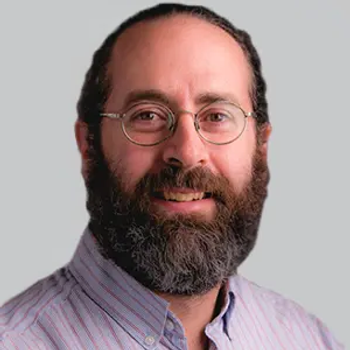
A recent study suggests that palliative education and telehealth improve quality of life and advance care planning among patients with Parkinson disease and related disorders.

Test your neurology knowledge with NeurologyLive®'s weekly quiz series, featuring questions on a variety of clinical and historical neurology topics. This week's topic is epilepsy and seizure disorders.
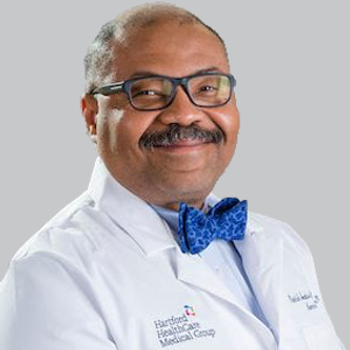
If successful, the study has potential implications for future surgical outcomes and patient experience among those with Parkinson disease.
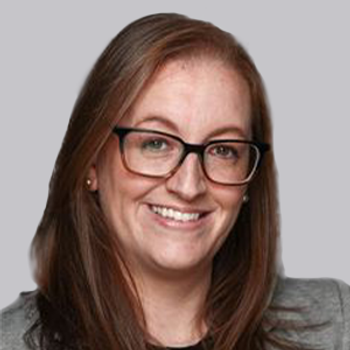
A recently published questionnaire study showed that certain health symptoms affected epilepsy-specific health-related quality of life beyond sociodemographic and epilepsy characteristics according to responses from both caregivers and pediatric patients.

Take 5 minutes to catch up on NeurologyLive®'s highlights from the week ending November 17, 2023.
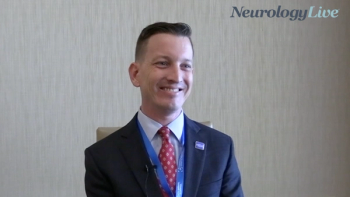
The director of disability policy at the Muscular Dystrophy Association talked about the future possibility of having an aircraft that accommodates for patients with neuromuscular disorders who use mobility devices. [WATCH TIME: 3 minutes]

Compared with placebo, treatment with ubrogepant 100 mg during the prodrome significantly reduced the development of moderate or severe headache for 24 hours after study-drug dose.
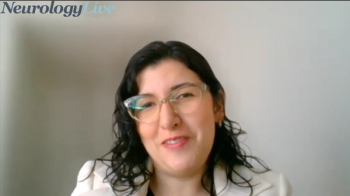
The physician neurologist and neuroimmunologist at Cedars Sinai Medical Center detailed the difficulties with discussing neuroimmune disorders with newly diagnosed patients, including those who may not speak English. [WATCH TIME: 3 minutes]

Mind Moments®, a podcast from NeurologyLive®, brings you an exclusive interview with Brent Vaughan. [LISTEN TIME: 22 minutes]
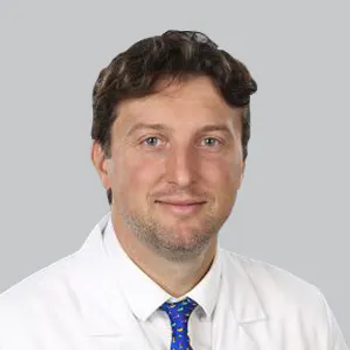
In a recent post hoc analysis, findings showed that nearly 50% of patients treated with 1 or 2 doses of midazolam experienced return to full baseline functionality in 1 hour of administration.

Similar to the double-blind study, valbenazine was well-tolerated with clinically meaningful improvement in chorea severity after nearly a year of treatment.
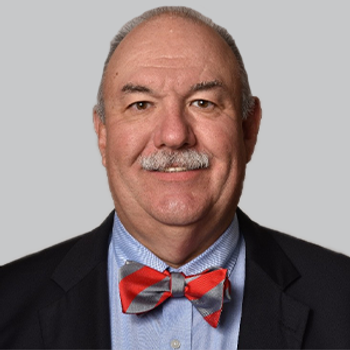
In honor of National Alzheimer’s Awareness Month, held November 2023, Michael K. Racke, MD, medical director of neurology at Quest Diagnostics, delved into some commonly-believed myths about Alzheimer disease and provided his insight on the scientific explanations for these assumptions.
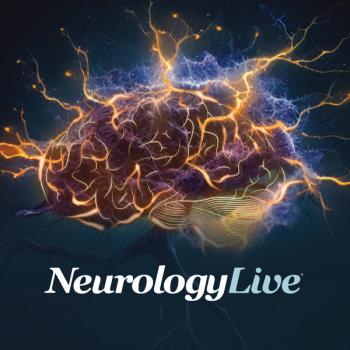
Most of the studies included highlighted the increasing level of difficulty in all exercises performed and that the transition from one kinematic protocol to the other depended on the patient’s rate of improvement.

Standardizing protocols and incorporating objective diagnostics and telemedicine can enhance care for patients with PD and alleviate the burden on healthcare systems.
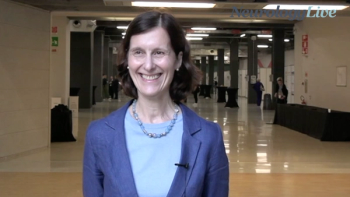
The associate professor in the department of neurology and neurosurgery at McGill University discussed results from a study on the long-term use of continuous positive airway pressure treatment among patients with multiple sclerosis and sleep apnea presented at MSMilan 2023. [WATCH TIME: 5 minutes]

A recent meta-analysis on tocilizumab in neuromyelitis optica spectrum disorder (NMOSD) emphasized its effectiveness in reducing relapse rates and improving patient function, with patient-specific factors influencing outcomes.

The research neuroscientist at the University of California Berkeley provided insight on findings from the US POINTER study and why previous thoughts on the link between relevant biomarkers and cognition may be slightly incorrect.